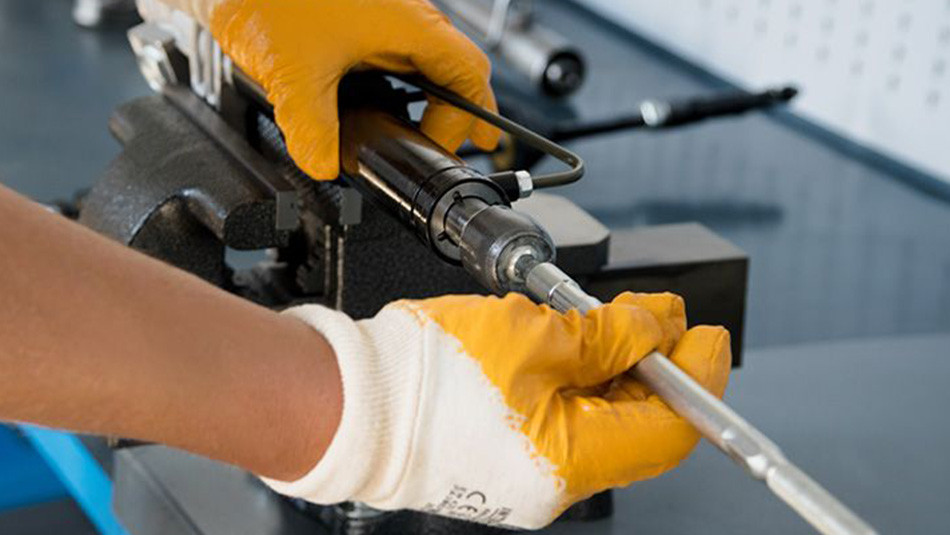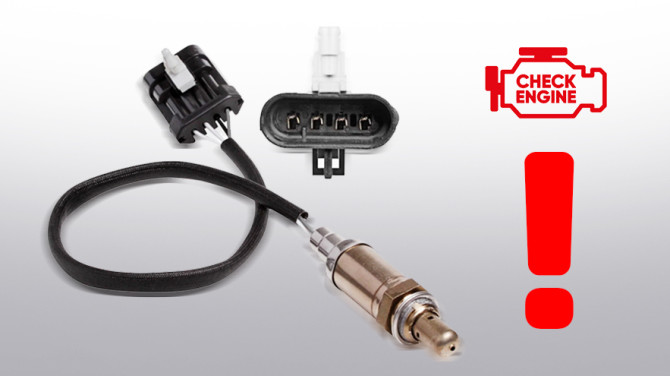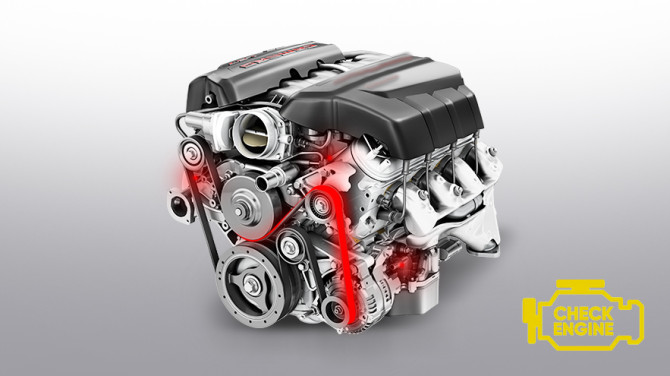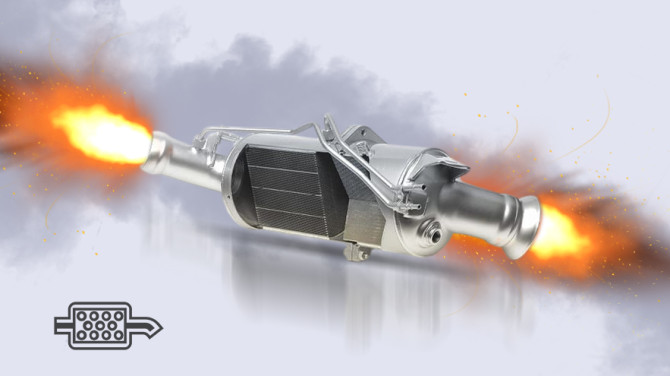Steering Gear Adjustment

For driving safety, along with other crucial systems, the steering system is also responsible. Every driver is interested in monitoring the system's condition and preventing malfunctions.
Car manufacturers claim that the steering rack, one of the fundamental elements of the steering system, should serve without issues for 10-15 years. Naturally, under certain conditions:
Service conducted at the appropriate intervals.
- Use of high-quality oils.
- Driving on high-quality roads.
Meeting the first two requirements poses no problem for any conscientious car owner. However, the third one is beyond their control. What can a driver do in this situation? At the very least, avoid potholes, drive cautiously over bumps, and refrain from hitting curbs.
Steering Rack Failures
Steering racks are considered the safest and most reliable, but they can wear out. The first signs of a malfunction are knocking in the front axle and play in the steering rack. These issues arise due to:
- Wear of teeth on the rack bar and pinion.
- Damage to the guiding bushing.
- Wear of tie rods and tie rod ends.
- Checking the Condition of Tie Rods
- Checking the Condition of Tie Rods
Next, we will consider what faults power steering pumps may have and provide recommendations to extend the pump's lifespan.
Causes of Power Steering Pump Failure
- Additionally, there is increased play in the steering, no power assistance in the neutral position, and the car becomes uncontrollable.
- In most cases, adjusting the steering rack helps eliminate play, knocking, and the feeling of looseness while driving.
- Is it necessary to "tighten" the steering rack? Definitely yes.
- The force from the steering wheel to the wheels is transmitted by a transmitting pair: the separating shaft and the toothed rack bar.
- In this pair, moving elements are pressed against each other by pressure springs without clearance in a specific position. In such a case, the clamp should be moderate so that the teeth are effectively engaged during the mechanism's operation but not damaged.
- If the transmission pair is loose, the steering rack starts to rattle and loosen, and the rack bar and pinion clash during driving. If the parts are "tightened," the wheels turn too hard. In both cases, it is worth adjusting the steering rack.
Adjusting the Steering Rack
You can tighten the adjusting nut yourself. To do this, you need a garage with a pit, a partner, and tools:
- The car must be positioned so that it is convenient to access the rack bar: drive onto the pit or a ramp, or in extreme cases, use jacks.
- Secure the car, align the wheels.
- With a luftner (if available) or by "feel," measure the play in the front wheel – the clearance should not be greater than 10 degrees.
- Loosen the securing nut (if present in the car), beneath it, there will be an adjusting nut. Slowly rotate it clockwise by 60-90 degrees and check the play and steering movement – a partner is needed for this. If the steering wheel turns too hard, the nut must be slightly loosened.
Adjusting the Steering Rack Yourself
Usually, tightening the nut by 20% of a full turn is enough to solve the problem. If knocking and play in the steering rack persist, the rack bar or pinion may be completely worn out.
Adjustment may not help in case of damage to the thrust bearing. In such a case, you need to visit a car service, where the mechanism will be disassembled, all parts will be checked, and the cause of the malfunction will be thoroughly verified.
Adjusting the steering rack on your own is a relatively straightforward task, but not a panacea. If fundamental problems arise, be prepared to soon have to repair the unit. If you need to purchase car parts, we invite you to the online car parts store STS.







